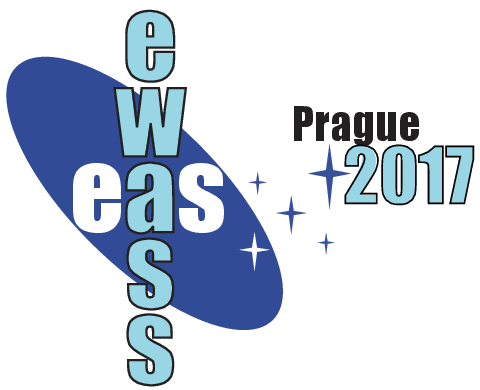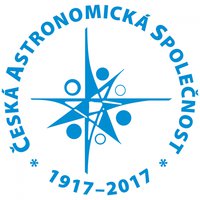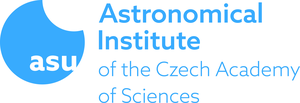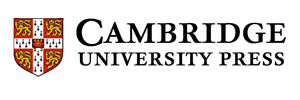Symposium S5
29 – 30 June 2017
High mass stars, their feedback and massive star clusters (Symposium to celebrate Guillermo Tenorio-Tagle's life-long contributions to Astrophysics)
News:
Presentations and posters can be found here.
Aims and scope
 This symposium is aimed at highlighting recent work on formation of massive stars, their feedback and the consequences of massive star formation for the formation and evolution of star clusters. Particular attention will be paid to the possibility that massive star formation might be promoted by special circumstances or environmental conditions, such as the impact of a molecular cloud onto the galactic disc, or collisions between molecular clouds.
This symposium is aimed at highlighting recent work on formation of massive stars, their feedback and the consequences of massive star formation for the formation and evolution of star clusters. Particular attention will be paid to the possibility that massive star formation might be promoted by special circumstances or environmental conditions, such as the impact of a molecular cloud onto the galactic disc, or collisions between molecular clouds.
The clustering properties of massive stars provide a link between massive star clusters and their host galaxies. Massive star clusters lead to the development of large-scale (super-)shells and filaments, which may play a critical role, both in triggering further star cluster formation, and in driving fountains and large-scale galactic outflows.
Most stars are born in clusters. In present-day galaxies, it is believed that star clusters form out of turbulent molecular clouds, and then undergo a rather rapid evolution and dispersal as they loose their gas mass and become gravitationally unbound on time scales of a few million years. Massive stars, which provide feedback in the form of stellar winds, ionizing radiation, and supernovae, are therefore a key ingredient in cluster formation, as they are probably responsible for removing the gas. Due to the possible consequences of massive star formation for the evolution of the host star cluster, it is important to establish at which evolutionary stage of a star cluster the massive stars are formed. Furthermore, the formation of globular clusters, which host distinct populations of stars, is still an unsolved puzzle, and it is not known if present-day young and massive clusters will later exhibit similar properties to globular clusters.
We shall discuss the observational evidence as well as theoretical models and simulations of the influence of massive stars on star clusters, and the impact of star clusters on the ISM, with the aim to design and interpret new observations obtained by ground-based and space-based instruments (from ALMA to GAIA).
Programme
- cloud-cloud, cloud-disk collisions
- massive stars and their feedback
- filaments, shells, and super bubbles in the ISM
- massive star clusters, their formation and evolution
- globular clusters and their stellar populations
- champagne flows, galactic fountain and outflows
Invited speakers
- Genevieve Parmentier(Heidelberg University)
- Bruce Elmegreen (IBM)
- Roberto Terlevich (INAOE)
- Sergiy Silich (INAOE)
- Zeinab Khorrami (Cardiff University)
- Sarah Jaffa (Cardiff University)
Scientific organisers
- Stefanie Walch (chair, University of Cologne, DE)
- Richard Wünsch (co-chair, Astronomical Institute CAS, Prague, CZ)
- Anthony Whitworth (co-chair, Cardiff University, UK)
- Thomas Bisbas (University of Florida, USA)
- Santi Cassisi (INAF, IT)
- James Dale (University Hertfordshire, UK)
- Eva Grebel (Heidelberg University, DE)
- Vera Könyves (CEA/Saclay, FR)
- Casiana Muñoz-Tuñón (IAC, Tenerife, ES)
- Susanne Pfalzner (MPIfRA, Bonn, DE)
- Peter Schilke (University of Cologne, DE)
- Elena Terlevich (INAOE, MX)
Contact
walch @ ph1.uni-koeln.de
richard @ wunsch.cz
Updated on Fri Jul 21 09:57:30 CEST 2017
|

 A power cut will shut down all EAS services on Tuesday, 10 January 2017 starting at 7:30 CET.
A power cut will shut down all EAS services on Tuesday, 10 January 2017 starting at 7:30 CET.




















